Every release of an AMD or Nvidia graphics card entails a driver update. And the tradition continues with the Radeon RX 6700 XT. Upon its official reveal earlier this week, there is now an updated Adrenalin driver available (version 21.3.1) which adds support for the card and also includes a stress testing tool to make sure that your card is running smoothly and reliably.
Once the driver update is applied, there will be a built-in ‘Performance Tuning Stress Test’ in the Radeon Software utility. One use of this tool is to make sure that your graphics card is working properly, but the main use is to help determine if your overclocked settings are stable.
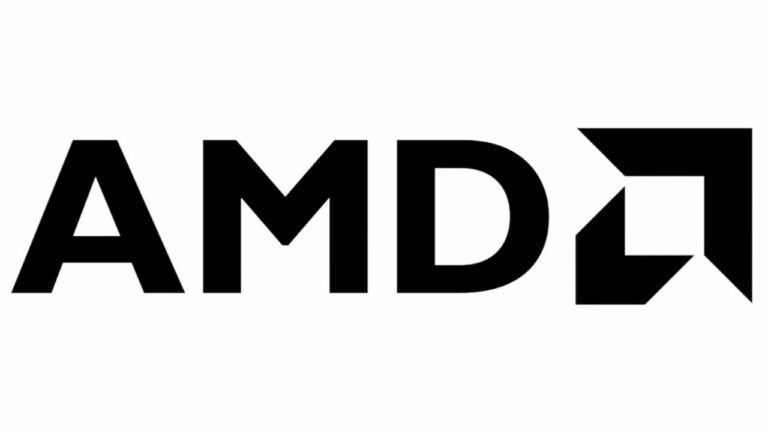
Radeon Software helps unlock the full potential of your AMD powered experience. It gives you access to tuning functionality that is both easy to use for novice users via the one-click tuning presets, and feature rich for enthusiasts who like to adjust every little setting.
AMD
If you are an advanced user, the new ‘Stress Test’ option and updated performance tuning UI are the tools you need to test out your tuning. Running a Stress Test is easy: check your overclock stability with a simple click. New temperature gauges make it easier than ever to understand performance readouts. We have also added indicators for performance limitations which allow you to see where there is room for improvement.
AMD
It is a good addition to the Radeon Software utility, and one of the many features the latest driver introduces. Another highlight is Anti-Lag support in DirectX 12 games.
Anti-Lag is AMD’s response to Nvidia’s Reflex technology, which aims to reduce the time it takes for a mouse click to register the required action on screen. It may be just milliseconds, but the closer these features can get to instantaneous response times, the better it will be for gamers.
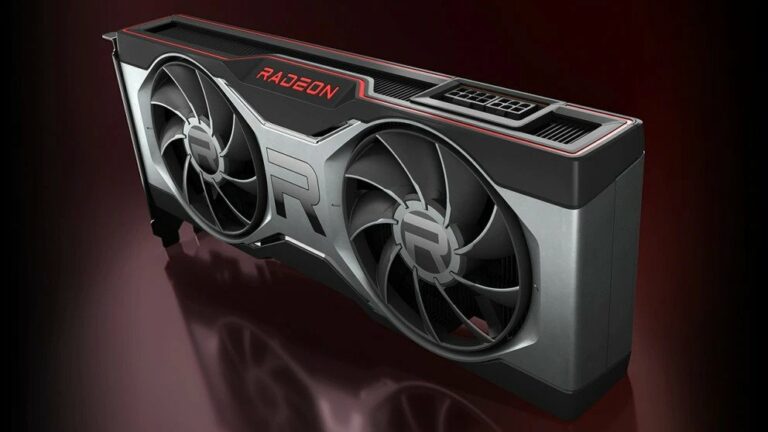
The driver also expands Radeon Boost into DX12 territory. This works with Radeon RX 6000 series graphics cards to selectively reduce the shading rates in parts of a game to lessen the load on the GPU that further improves performance.
Lastly, the new version of the driver brings back Frame Rate Target Control (FRTC) and adds performance optimizations for Doom Eternal: The Ancient Gods, Two.
AMD’s team also managed to do away with over a dozen bugs, including:
- Radeon Software may sometimes have higher than expected CPU utilization, even when a system is at idle.
- A system hang or crash may be experienced when upgrading Radeon Software while an Oculus VR headset is connected to your system on Radeon GCN graphics products.
- Minecraft DXR may exhibit corrupted or missing textures when ray tracing is enabled on Radeon RX 6000 series graphics products.
- An application crash may occur in Call of Duty: Modern Warfare when ray tracing is enabled on Radeon RX 6000 series graphics products.
- Lighting fails to render correctly on Radeon RX 6800 series graphics products in Star Citizen.
- A black screen may occur when enabling and disabling Enhanced Sync while V-Sync is enabled in some Vulkan API games.
- A black screen or system hang may occur on Hybrid Graphics systems for some Vulkan API games when Enhanced Sync is enabled.
- Bethesda launcher may experience an application crash on startup when launching some games.
- Users may be unable to create a new scene in the Radeon Software Streaming tab on first launch or after a settings factory reset.
- Game specific performance tuning profiles may fail to load when a global performance tuning profile has been created or set.
- Disabling HDCP support and performing a factory reset and/or system restart may sometimes trigger a system crash or hang on boot.
- Epic Games social overlay or launcher may exhibit color corruption.
- Xuan-Yuan Sword VII may experience an application crash with DirectX 12 ray tracing enabled on Radeon RX 6000 series graphics.
- Color corruption may be experienced in Cyberpunk 2077 when Radeon Boost is enabled.
- Display flicker or corruption may occur on high refresh rate/resolution multi-monitor system configurations on Radeon RX Vega series graphics.
- Audio loss or cutout may intermittently occur on some TV displays when Windows audio is set to use 5.1 or 7.1 speaker configurations.
This seems like a pretty comprehensive driver update, and definitely more than typical. You can apply the new driver through the Radeon Software utility, or install it manually by downloading it from the driver download page.
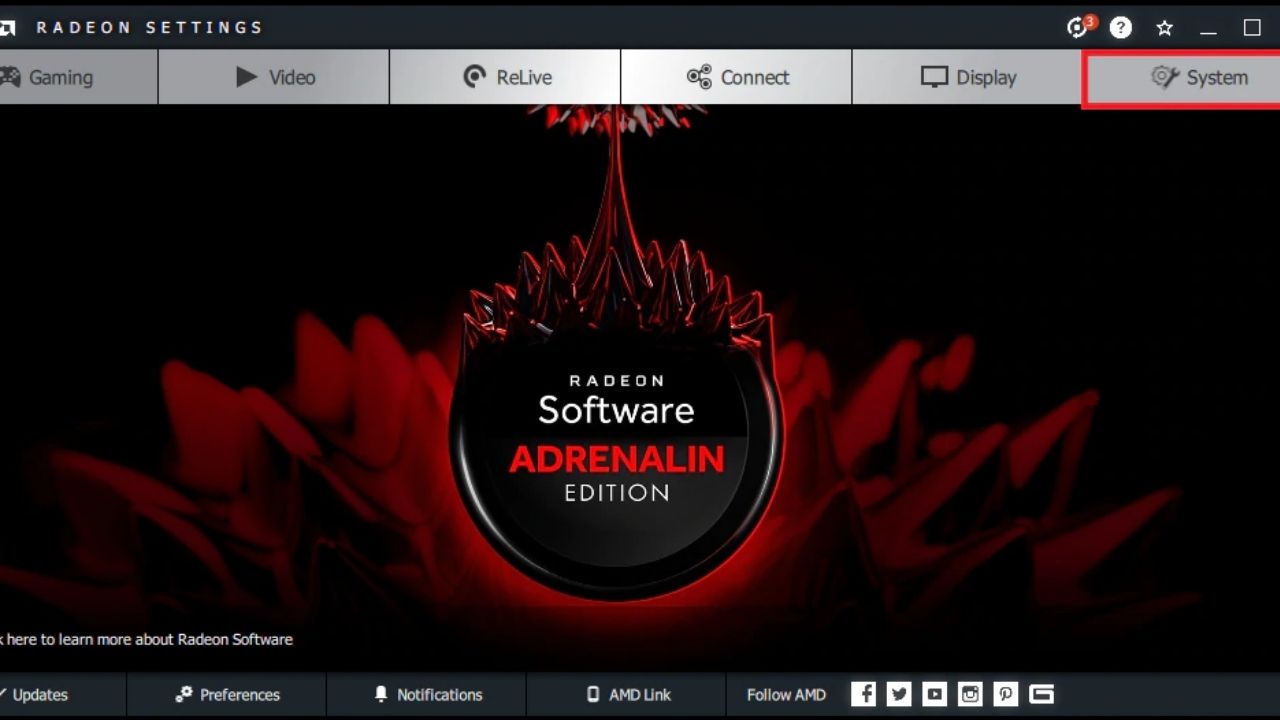

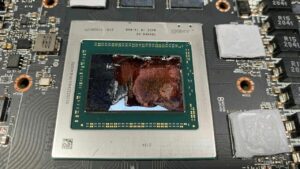
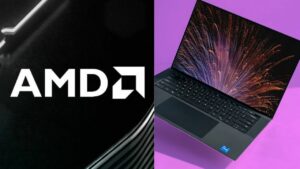
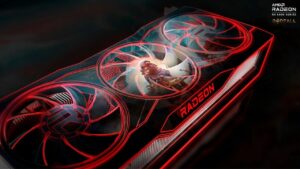
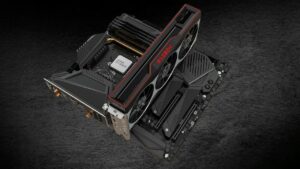



No Comments on Stress Test Your Graphics Card with AMD’s Latest Driver Tool